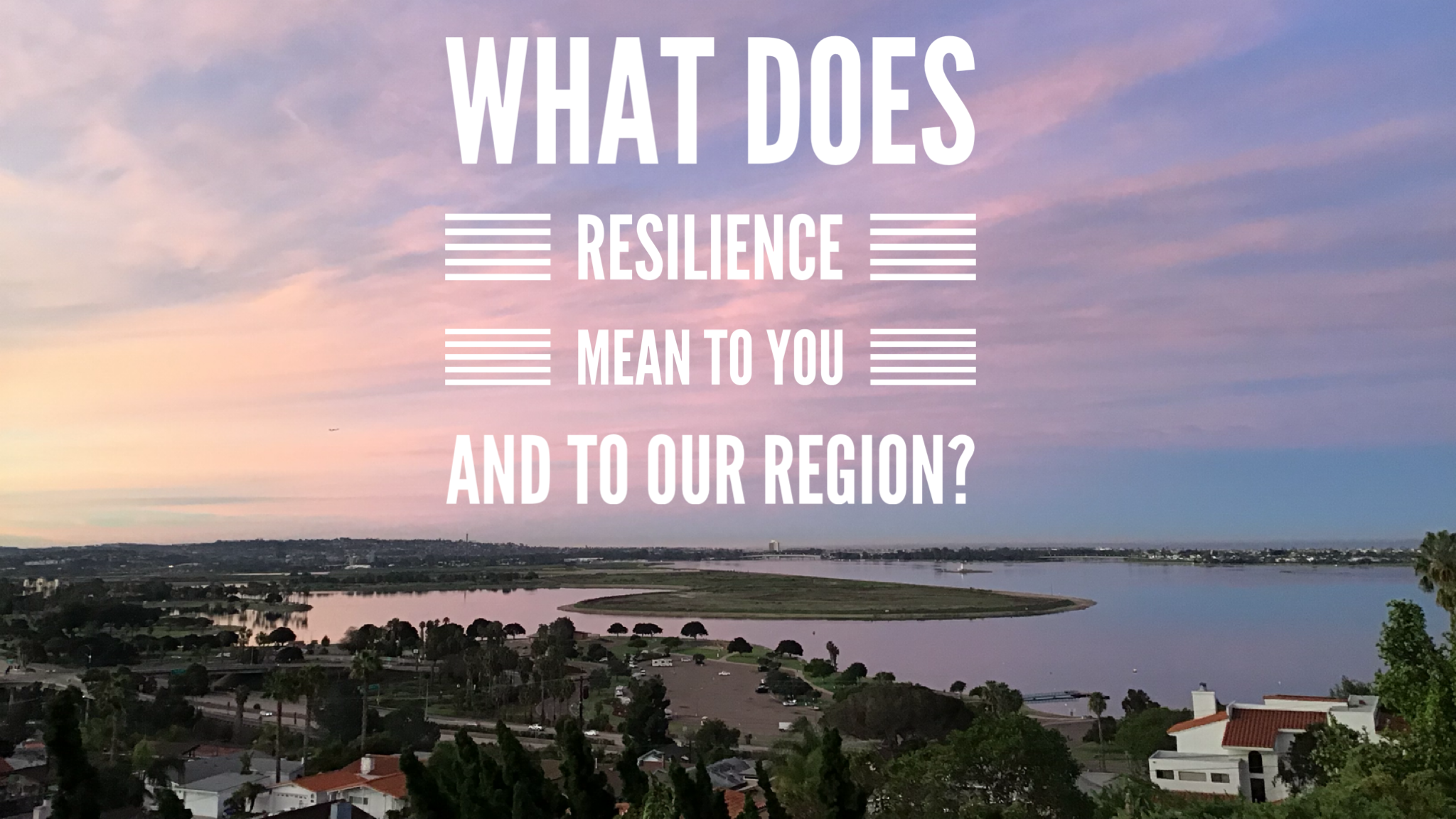As climate change, wildfires and extreme weather events have become daily headlines, “resilience” is frequently mentioned in the same breath. A simple Google search brings up more than 14 million results with this buzz word.
As a sign of how much resilience has become top of mind, for the first time this year, the Consumer Electronics Show (CES) included a resilience conference and exhibition that highlighted technologies focused on improving emergency preparedness, responsiveness and recovery.
Michael Berkowitz, president of 100 Resilient Cities, summed up resilience as follows at the CES resilience conference: “Quite simply, it’s a capacity that an individual, a community, a system, a city, a nation has, that allows them to survive and thrive in the face of … uncertainty and … disasters.”
Founded by the Rockefeller Foundation, the mission of 100 Resilient Cities is to help “cities around the world become more resilient to the physical, social and economic challenges that are a growing part of the 21st century.” The organization believes that there are certain qualities that cities must develop in order to become resilient, and these qualities include flexibility, redundancy, resourcefulness and a commitment to taking an inclusive and integrated approach to solving problems.
How Are We Region Building a More Resilient Future?
Within our region, resilience has also gained prominence as public safety agencies are adapting to the growing challenges associated with climate change, including wildfires, droughts and floods.
Our focus at SDG&E is enhancing our power grid resilience and community resilience in the context of wildfire safety and emergency preparedness efforts. To help our community better withstand wildfire threats, we have invested more than $1 billion over the past decade to:
- Strengthen our electric system, including undergrounding power lines
- Build a network of weather stations to better forecast fire potential based on wind, humidity and other factors
- Install a network of mountaintop cameras to detect smoke and fires
- Replace wood poles with steel poles
- Implement new technologies, such as falling conductor protection, to prevent electrical equipment from sparking fires
More information
To learn more about our wildfire safety and resilience efforts, visit https://www.sdge.com/wildfire-safety.
To learn what leading thinkers are saying about what it takes to build resilience, watch this video of the CES panel discussion titled Cities and Tech: Fostering Partnerships to Build Resilience.


